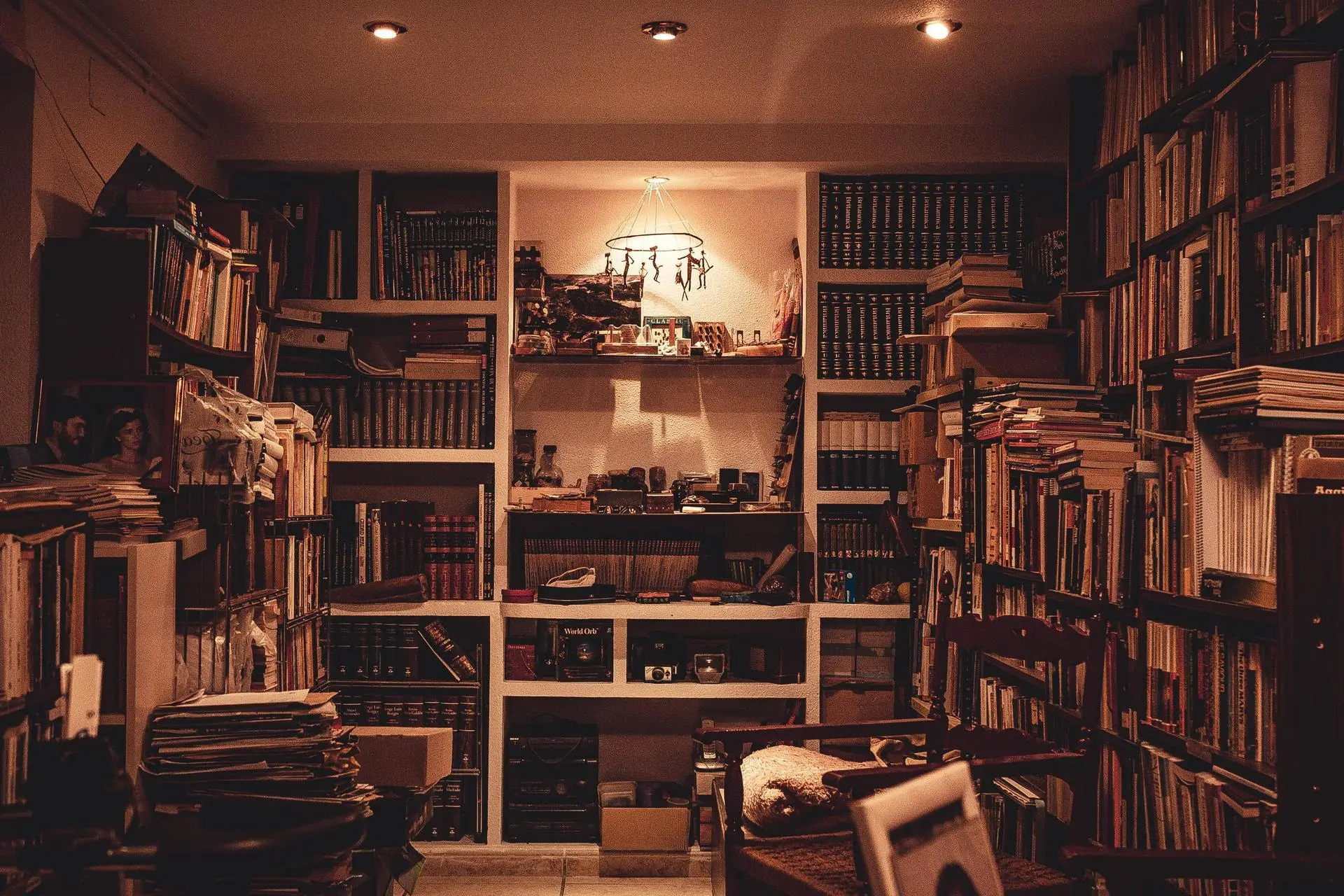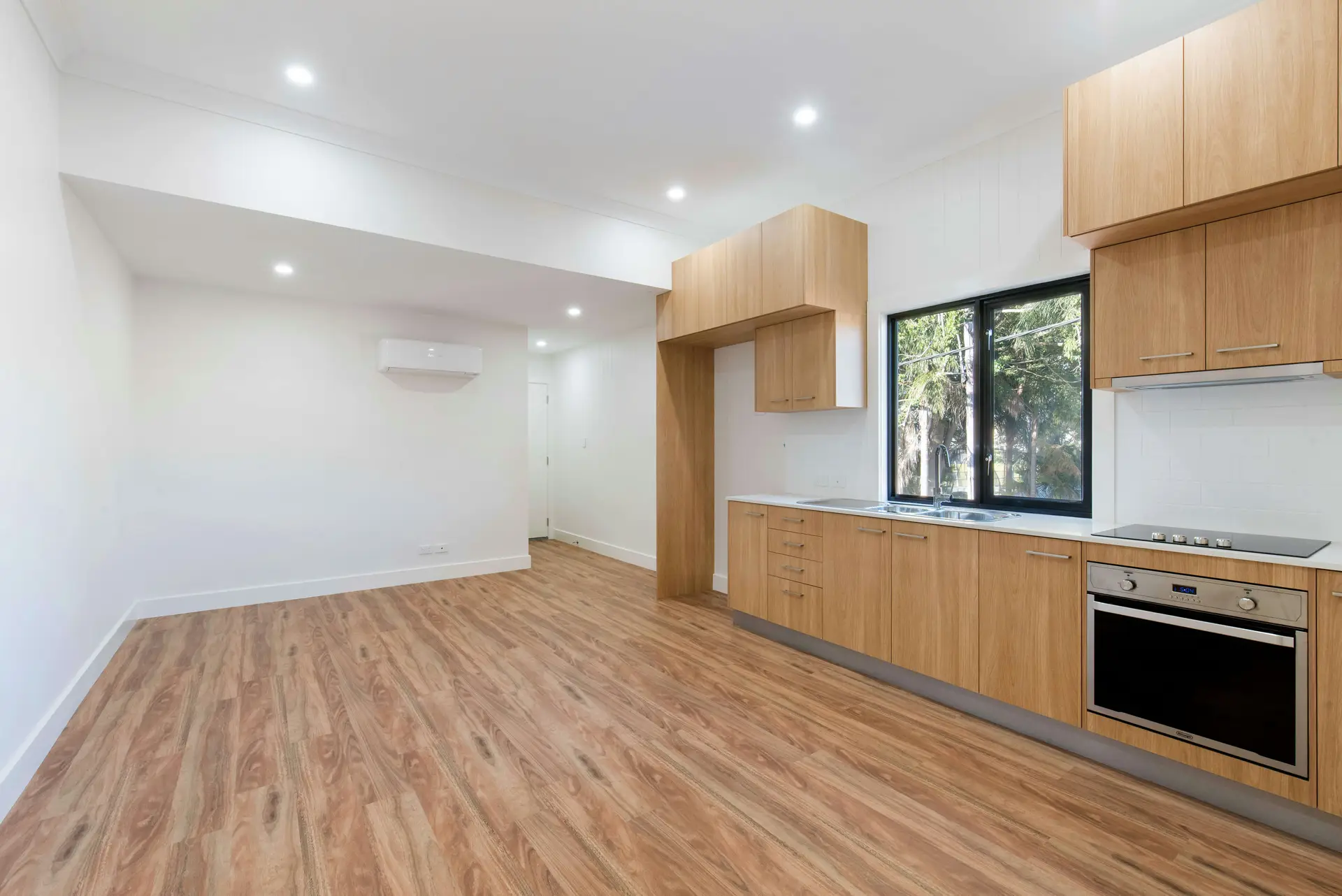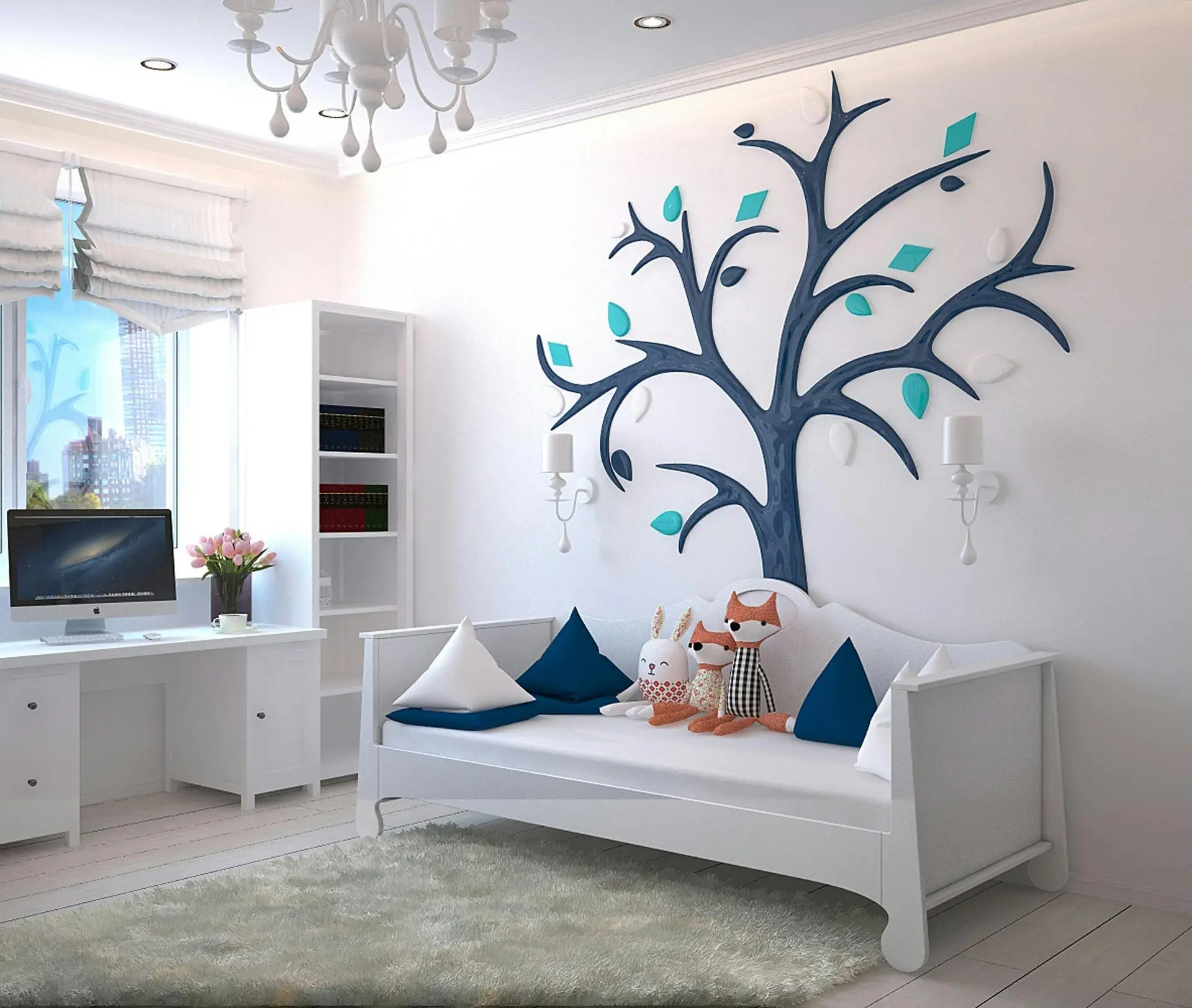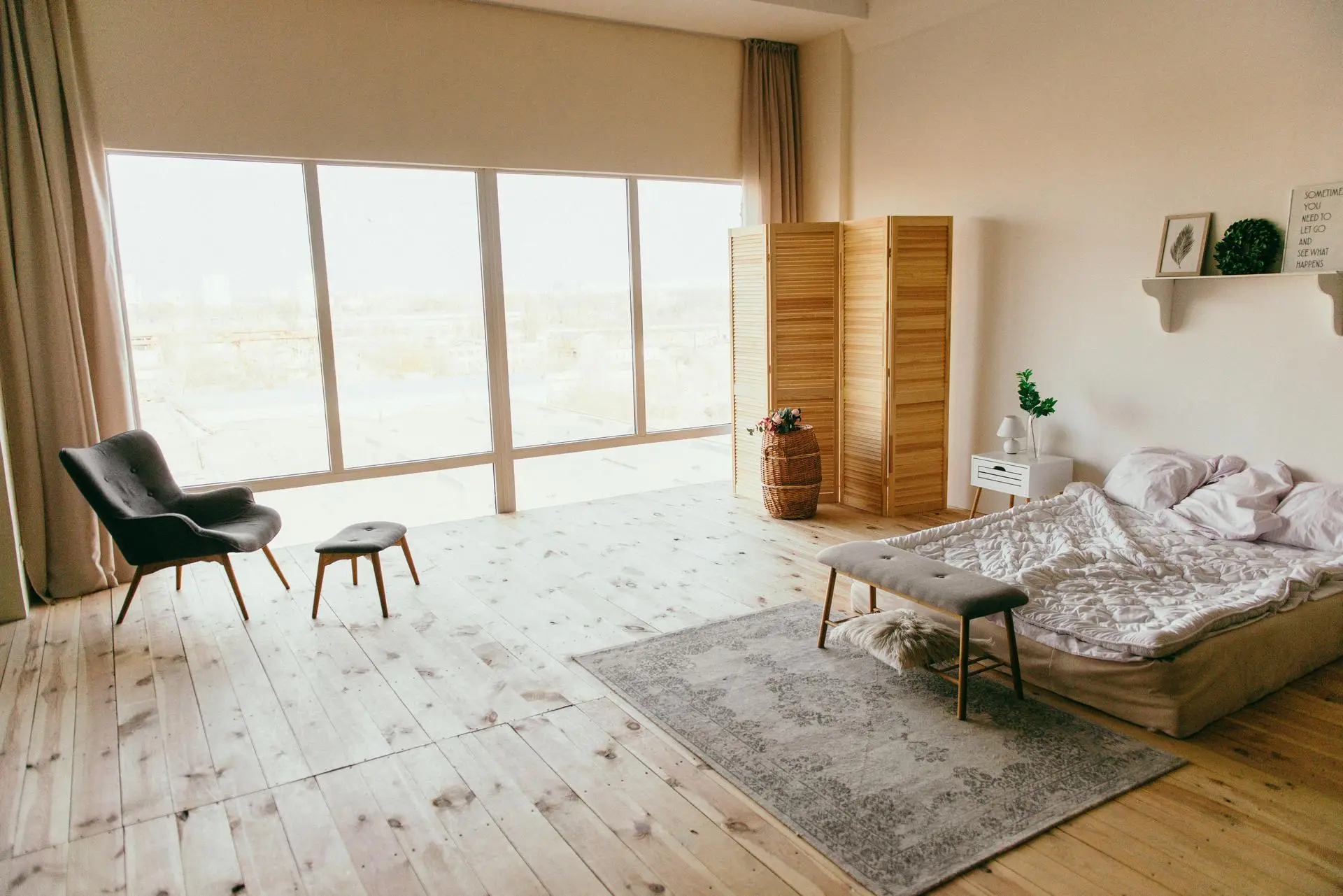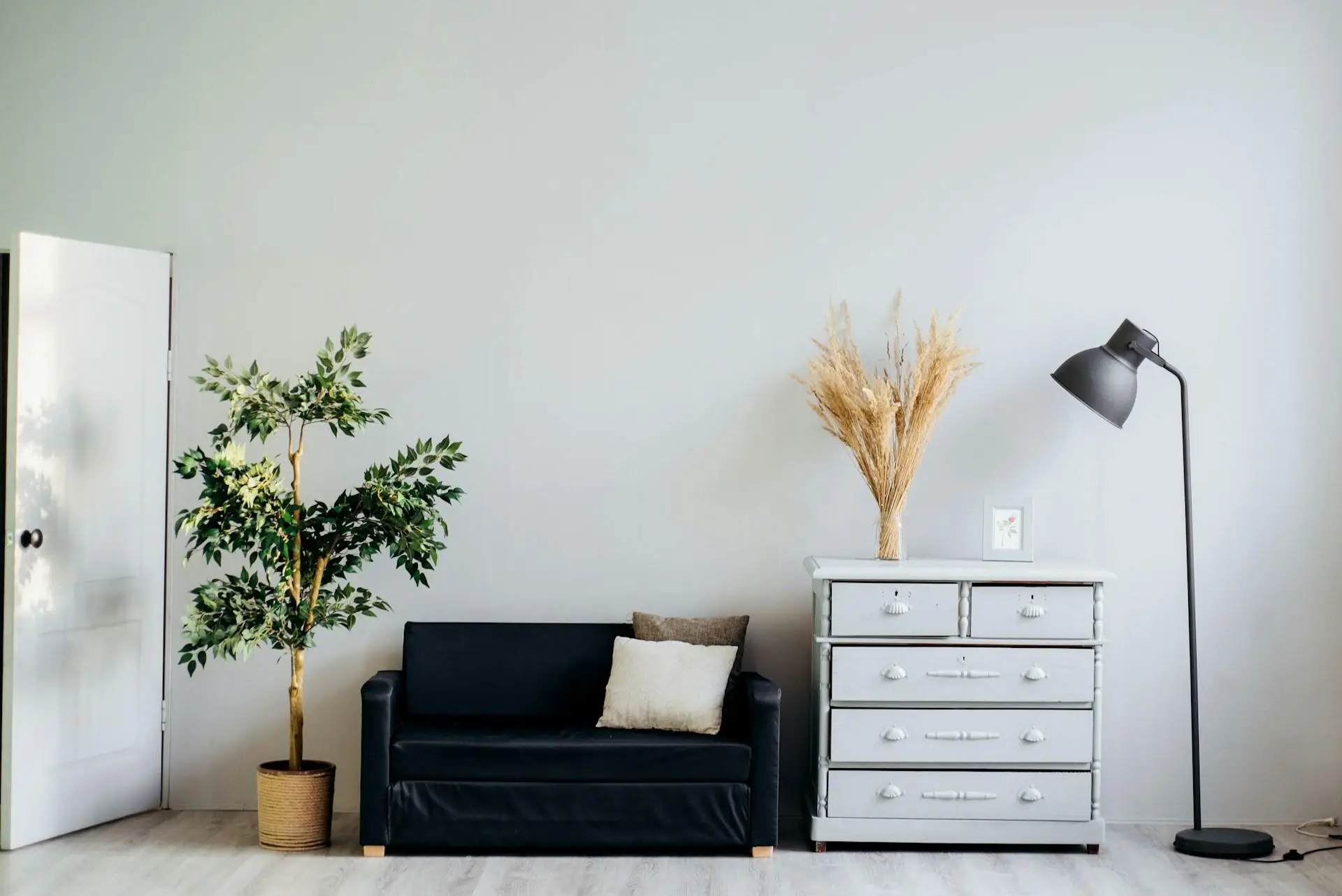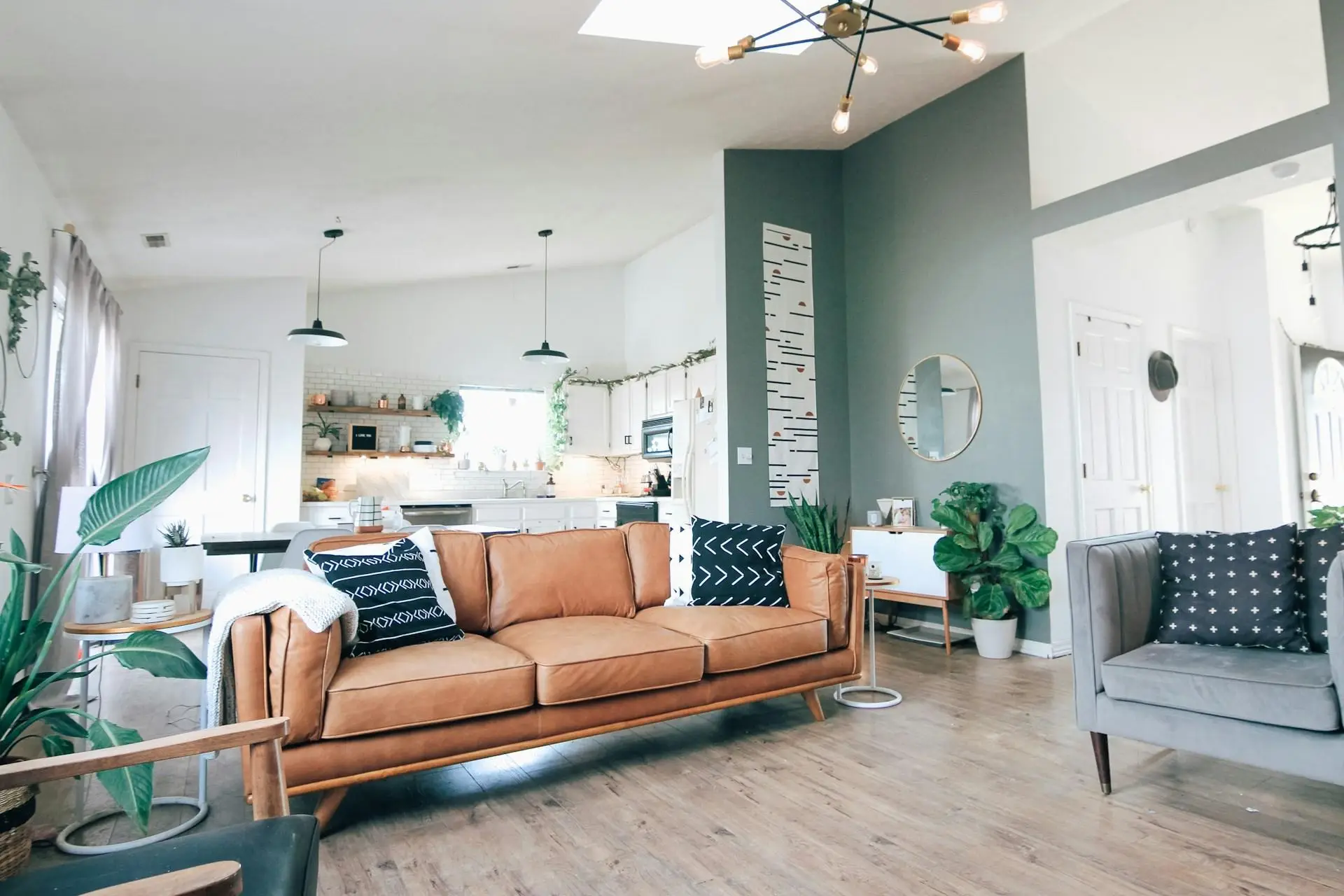In the world of interior design, the pursuit of perfection often dominates. Sleek lines, flawless finishes, and immaculate symmetry are the hallmarks of contemporary aesthetics. However, imperfect spaces can evoke a sense of warmth and authenticity that perfect environments sometimes lack. This article delves into why imperfect spaces feel more human, offering interior design ideas that embrace the beauty of imperfection.
The Allure of Wabi-Sabi: Embracing Imperfection
The Japanese philosophy of wabi-sabi celebrates the beauty of imperfection and transience. Incorporating wabi-sabi into interior design can create spaces that feel more grounded and inviting. This approach encourages the use of natural materials, organic shapes, and items with a history. By embracing wabi-sabi, designers can craft spaces that resonate on a deeply human level.
The Role of Personalization in Imperfection
Personalized spaces inherently possess imperfections. From family photos to travel souvenirs, these items tell a story unique to their owner. Such personal touches imbue a space with character and warmth, making it feel more lived-in and genuine. Interior design that prioritizes personalization over perfection allows individuals to express their identities and create environments that truly reflect who they are.
Organic Materials: The Heartbeat of Human Spaces
Materials like wood, stone, and clay possess inherent imperfections that can enhance a space's appeal. The natural grains of wood or the irregularities in stone surfaces add texture and depth, creating a more tactile and inviting environment. Using organic materials not only brings a piece of the natural world indoors but also fosters a connection to the earth, which can be soothing and grounding.
The Charm of Vintage and Upcycled Decor
Vintage and upcycled items often come with a history, bringing a sense of nostalgia and comfort into a space. These pieces, with their worn surfaces and unique patinas, add character and warmth that new items may lack. Incorporating vintage or upcycled decor can create a sense of continuity and connection to the past, enhancing the human feel of a space.
Asymmetry: Breaking the Mold
Symmetry is often associated with beauty, but asymmetry can be equally, if not more, compelling. Asymmetrical design introduces an element of surprise and dynamism that keeps a space interesting and lively. By breaking away from perfect symmetry, designers can create spaces that feel more spontaneous and alive, much like the natural world.
The Emotional Impact of Imperfect Spaces
Imperfect spaces often evoke a stronger emotional response than their flawless counterparts. They invite interaction and exploration, making them feel more approachable and relatable. The imperfections in a space can remind individuals of their own imperfections, fostering a sense of acceptance and comfort.
The Art of Layering Textures and Patterns
Layering different textures and patterns can create a rich, multi-dimensional space. Combining materials like soft textiles, rough wood, and smooth metal can lead to a harmonious yet imperfect aesthetic. This approach not only adds visual interest but also engages the senses, making the space feel more alive and human.
Lighting: The Subtle Imperfection
Natural light is inherently imperfect, changing throughout the day and creating varying moods and atmospheres. Embracing this imperfection in lighting design can enhance the human feel of a space. Using sheer curtains, reflective surfaces, and strategically placed mirrors can amplify natural light, creating a dynamic and ever-changing environment.
The Influence of Artisanal Craftsmanship
Handcrafted items often bear the marks of their maker, showcasing slight imperfections that add to their charm. Incorporating artisanal craftsmanship into interior design can create spaces that feel more personal and unique. These pieces, whether furniture, textiles, or ceramics, tell a story of human effort and creativity, enhancing the space's overall warmth.
Creating Spaces That Tell a Story
Ultimately, imperfect spaces tell stories. They reflect the lives and experiences of the people who inhabit them, creating a narrative that resonates on a personal level. By designing spaces that embrace imperfection, individuals can create environments that are not only aesthetically pleasing but also deeply meaningful and human.
In conclusion, the beauty of imperfect spaces lies in their ability to connect with people on an emotional level. By incorporating elements of imperfection into interior design, spaces can become more than just visually appealing—they can become sanctuaries that celebrate the human experience.

